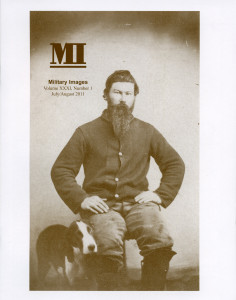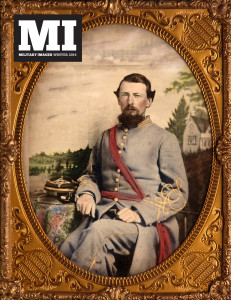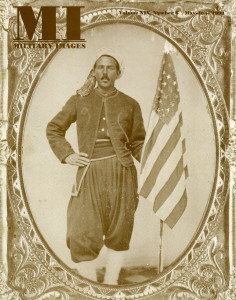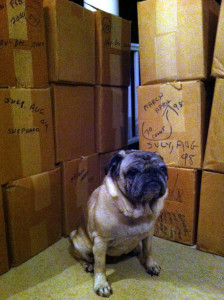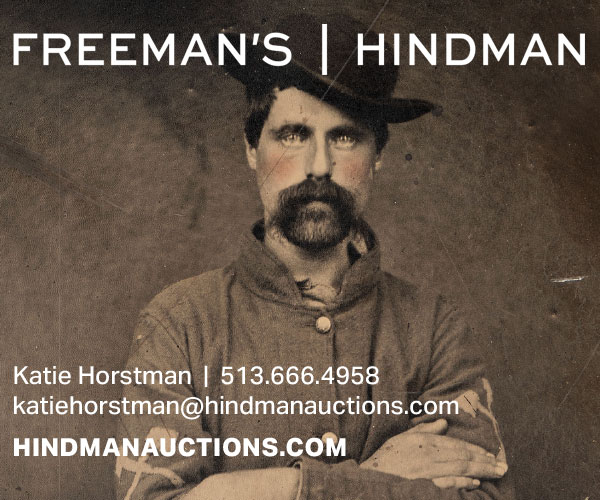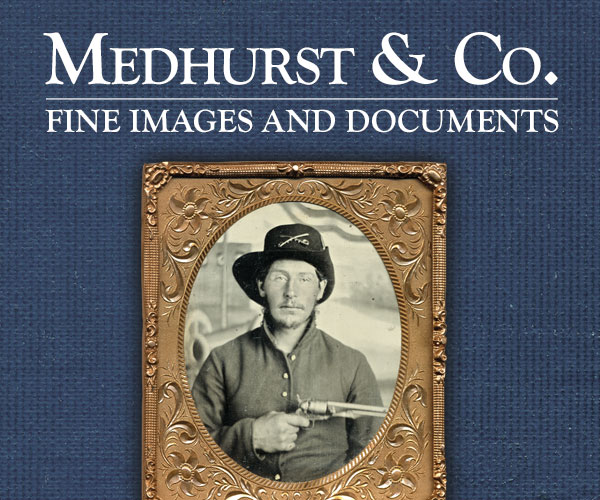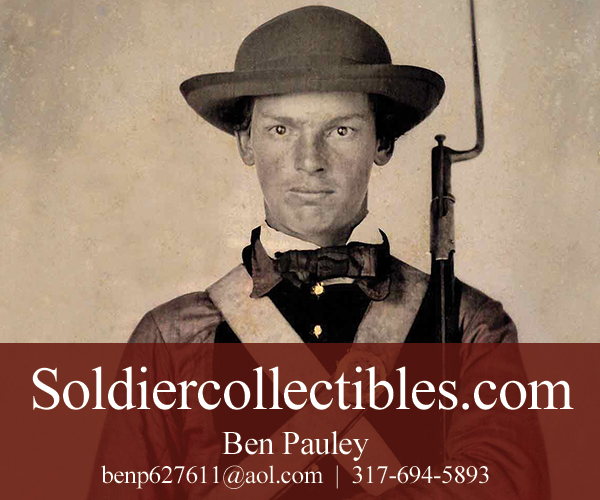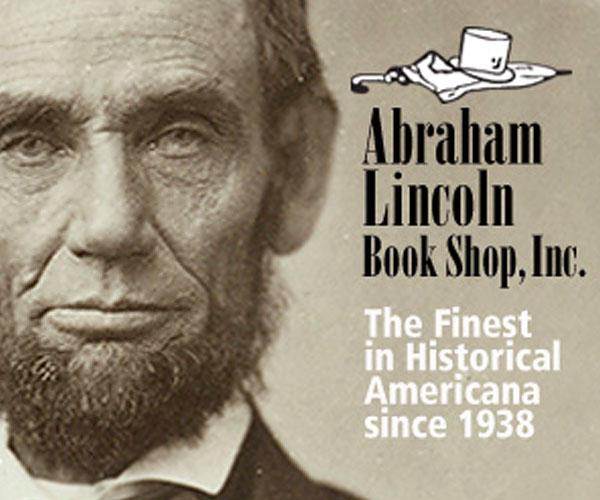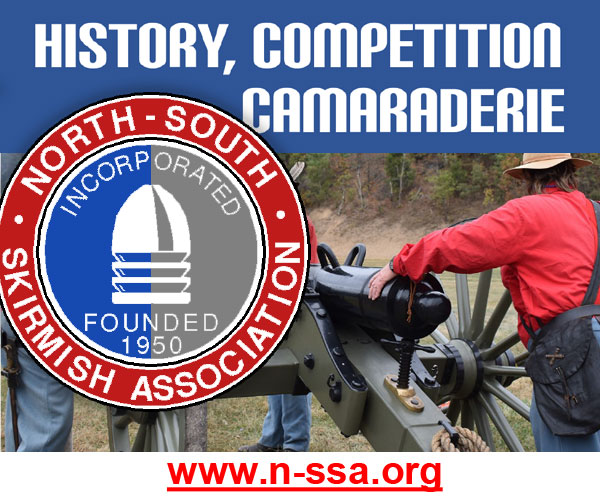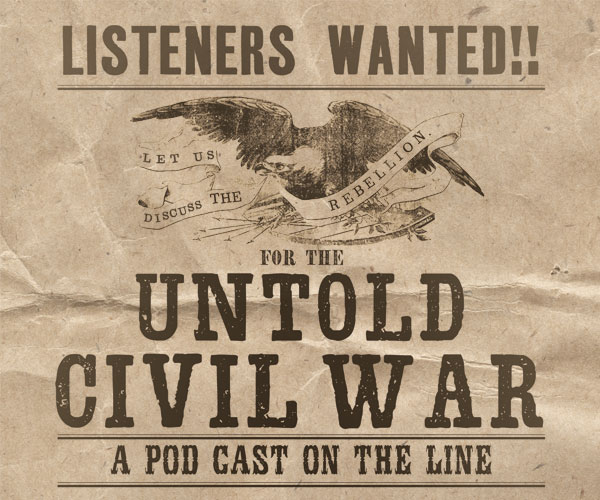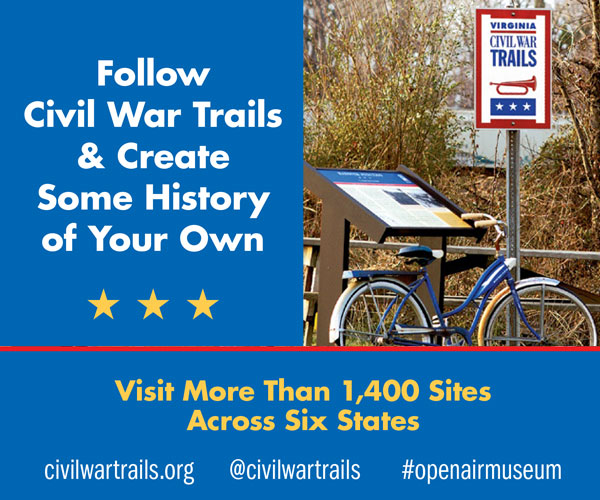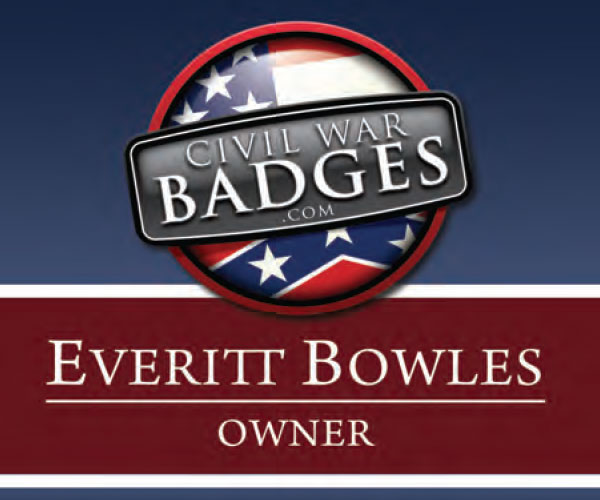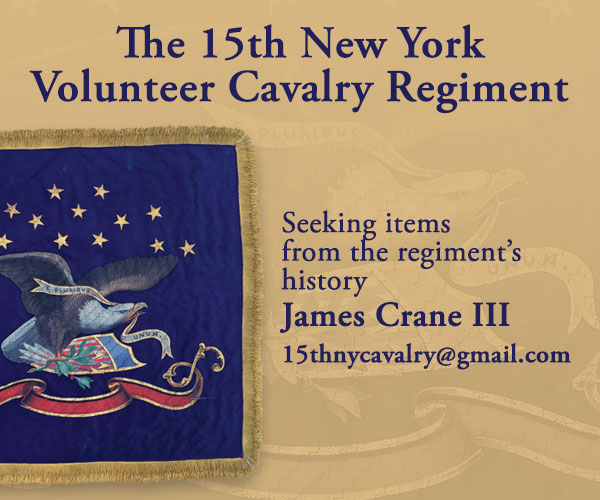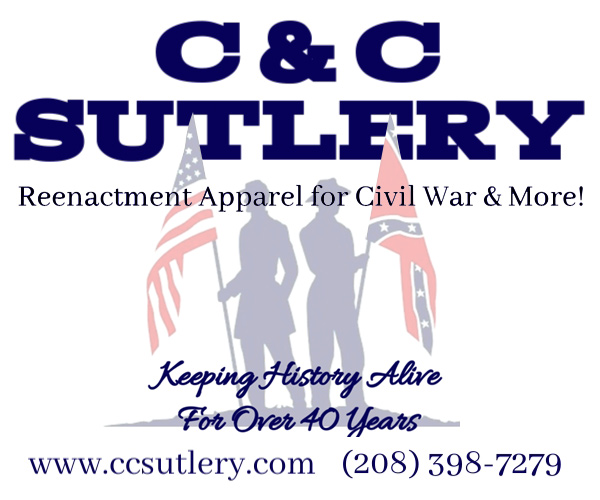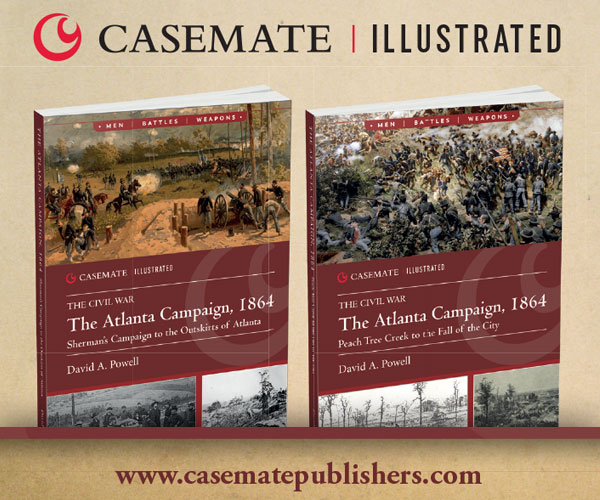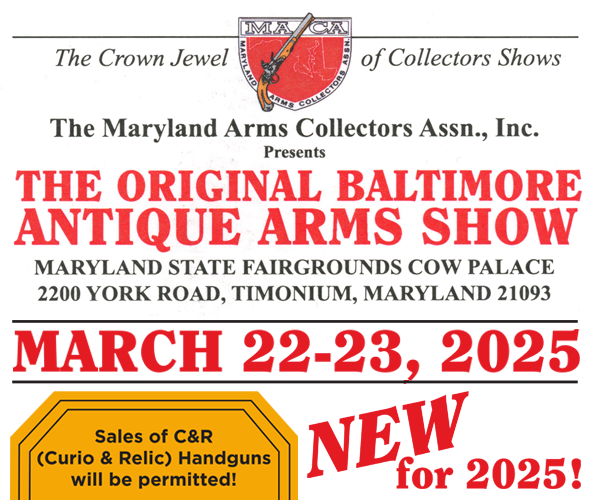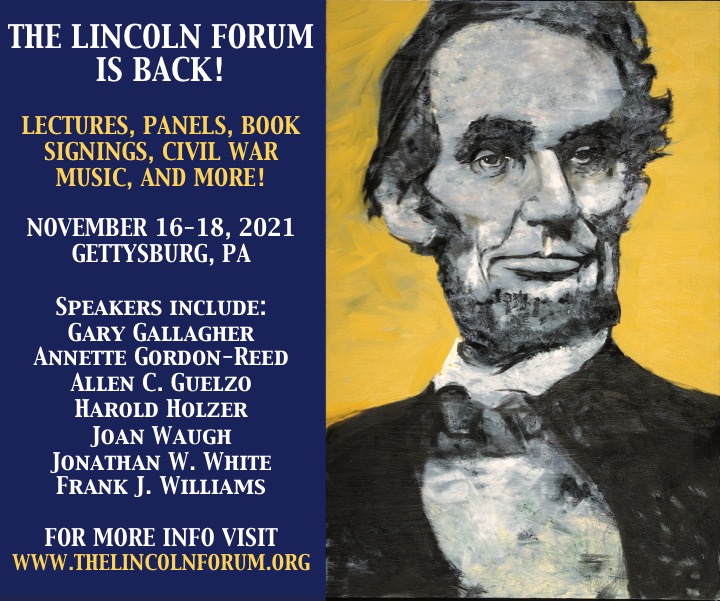The complete issue
Vol. XXXI, No. 1
(40 pages)
Print edition: Visit our store to check availability
Digital edition: Visit JSTOR.org to purchase
Subscribe to MI
Explore the MI Archives: Browse | Advanced search | Tutorial
Inside
Cover image
A carte de visite of a Union soldier and his canine companion from the Steve Karnes collection.
Inside Cover Image
A sailor with a Krag rifle, posed in front of a painted backdrop, from the Jules Martino collection.
Table of Contents (p. 1)
Editor’s Desk (p. 2)
The editor introduces two new departments, Vignette from the Naval War, 1861-65, by historian Ron Field, and a selection of unidentified images titled What’s My Name?
Front and Back cover details (p. 3)
Additional information is provided about the images pictured on the front and back covers.
What’s My Name? Unidentified Images From The David W. Vaughan Collection (pp. 4-11)
A total of 8 images, a combination of hard plates and cartes de visite, pictures Union and Confederate soldiers whose names have become separated from their likenesses. Included in the grouping are five Confederate officers, two images of Union officers and a portrait of a Native American dressed in a double-breasted federal frock coat.
Colonel Frank Wolford, 1st Kentucky Cavalry USA by John Sickles (pp. 12-12)
Wolford, who organized the 1st in the summer of 1861, was among a contingent of Union officers who accepted the surrender of John Hunt Morgan on July 26, 1863. Upon his surrender, Morgan gave his silver spurs to Wolford. Less than a year later, Wolford was dismissed from the army after publicly criticizing President Abraham Lincoln. Two portraits of Wolford illustrate the profile, both from the author’s collection.
Morgan’s Commissary Officer by John Sickles (pp. 14-15)
A carte de visite of Kentuckian Theodore B. Boyd (1834-1909) is accompanied by a summary of his military service. A staff officer to generals John Breckenridge and Braxton Bragg, Boyd eventually joined the staff of John Hunt Morgan. He was captured with Morgan in July 1863 and spent the rest of the war in the Confederate officer’s prison at Fort Delaware, Del.
The Many Faces of Captain Henry Blake Hays, 6th United States Cavalry by David M. Neville (pp. 16-17)
Four images of Hays, who served as ordnance officer on the staff of Maj. Gen. Alfred Pleasonton, are pictured. Each image is accompanied by a brief caption.
William N. Brady: Master of the Yard by Ron Field (pp. 18-20)
Brady (1809-1887), a career navy officer, served two stints as the master of the Brooklyn Navy Yard: From 1843-1853, and again from 1858-1865. Newspaper reports described him as “a cool head to attend to and direct anything,” and a man of “precision and energy.” He is perhaps best known for his 1841 book for early-career American naval officers, The Kedge Anchor, or Young Sailors’ Assistant. Two portraits illustrate his story.
Midshipman Nathaniel Prickett of the Brazil Squadron (p. 21)
In 1850, two years after midshipman Prickett sat for the daguerreotype shown here, he died in Rio de Janeiro while on duty with the Brazil Squadron. Image from the David W. Vaughan collection.
Disaster @ Fort Monroe (pp. 22-23)
An image of a 12-inch coastal gun and its crew at Fort Monroe was taken prior to 1910. On July 21 of that year, an accidental gun explosion at the fortress killed an undetermined number of men.
William C. Armor, Aide-De-Camp, 2nd Division, 20th Army Corps by David M. Neville (pp. 24-25)
William Crawford Armor (1842-1911) served on the staff of Maj. Gen. John White Geary. Armor survived wounds below the knee at Antietam and in the right hand at Chancellorsville. He went on to participate in the campaigns of Chattanooga, Atlanta, Savannah and the Carolinas. He ended the war as a captain with a brevet, or honorary rank, of major. The profile is illustrated with portraits of Armor and Geary.
Passed From His Sight: An Incident in The Military Career of Captain Augustus Michaelis by Scott Valentine (pp. 26-27)
Michaelis, the captain and commander of Company I of the 45th New York Infantry, was eyewitness to an unusual event in his Virginia camp during the early evening of May 2, 1863. A huge stag emerged from a wooded area, soon followed by a menagerie of wild animals. This surreal scene was followed by gray soldiers and the rebel yell—and thus began Michaelis’s Chancellorsville experience. A carte de visite of Capt. Michaelis is part of the author’s collection.
Uniforms & History by Michael J. McAfee (pp. 28-29)
In “Just Before the Battle…,” McAfee examines the uniforms of the 8th New York State Militia at Bull Run. A portrait of an unidentified sergeant from the regiment and a Mathew Brady image of men from the 8th titled, “Arlington Heights July 16th 1861” is included.
Stragglers (pp. 30-36)
A grouping of seven images submitted by readers is included in this installment of the popular department, including a bugler from the 1st Delaware Cavalry, a soldier in the 10th Ohio Independent Company Sharpshooters, a federal sergeant major and two young Confederate soldiers.
Sutler’s Row (p. 39)
The Last Shot (p. 40)
A tintype from the Jules Martino collection features two injured men—one is missing an arm and the other has a gauze-like wrapping of brace around his neck.
Inside Back Cover
A carte de visite of a Civil War band with a fort in the background by itinerant photographer C.G. Blatt of Bernville, Pa., is part of the Donald Bates Sr. collection.
Back Cover
A woman holds an image of a soldier housed in a composition frame. The soldier is probably her husband. This tintype is part of the Liljenquist Family Collection at the Library of Congress.
